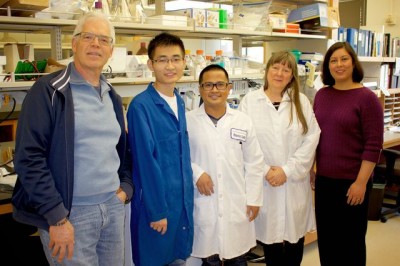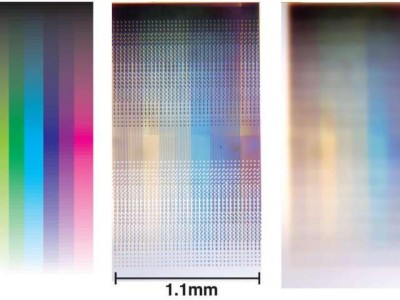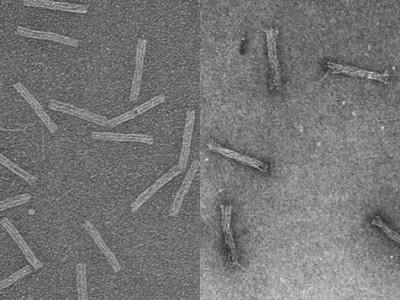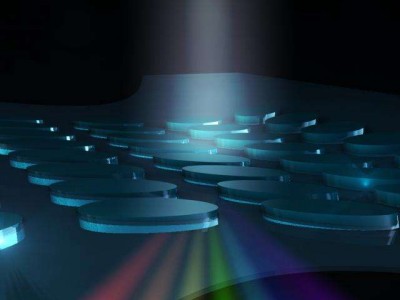Nanoscientists develop safer, faster way to remove pollutants from water
A team of researchers from the California NanoSystems Institute at UCLA has found a new way to use enzymes to remove pollutants from water that is cost- and energy-efficient, able to remove multiple pollutants at once, and minimizes risks to public health and the environment.
The advance could be an important new step in the effort to satisfy the world’s need for clean water for drinking, irrigation and recreational use.
Current methods require multiple steps and involve chemicals that react to heat, sunlight or electricity. Scientists previously had shown that polluted water could be cleaned using enzymatic activities of naturally occurring bacteria and fungi, which breaks down pollutants into their harmless chemical components. But that method carries the risk of releasing dangerous organisms into the water.
The new UCLA technique, developed by a team led by Shaily Mahendra, a UCLA associate professor of civil and environmental engineering, and Leonard Rome, a professor of biological chemistry and associate director of CNSI, is a variation of that method. The researchers put enzymes into nanoscale particles called “vaults,” then deposit the tiny particles into polluted water.
Their method is described in an article published in ACS Nano.
Mahendra said microbial processes in water that are part of the natural system of biodegradation would eventually break down pollution in our water, but only over a very long period.
“Natural microbes are why the world isn’t still covered with dinosaur droppings,” Mahendra said. “But we don’t have the time or room on our planet to ignore contaminated lakes and rivers for a couple of million years while nature does the work.”
Nanoscale vaults are tiny particles — just billionths of a meter across — that are shaped like beer kegs. Mahendra said the new method is effective because the vaults protect the enzymes, keeping them intact and potent when placed in the contaminated water.
The scientists tested the method using an enzyme called manganese peroxidase. They found that over a 24-hour period the vaults removed three times as much phenol from the water as the enzyme did when it was dropped into the water without using vaults.
Read the full article at technology.org.










